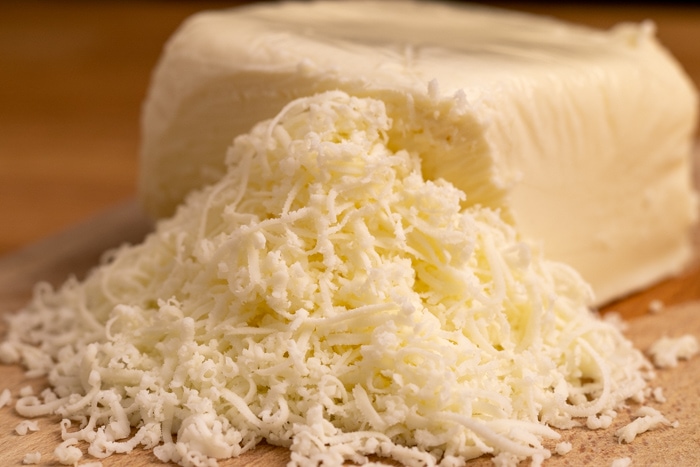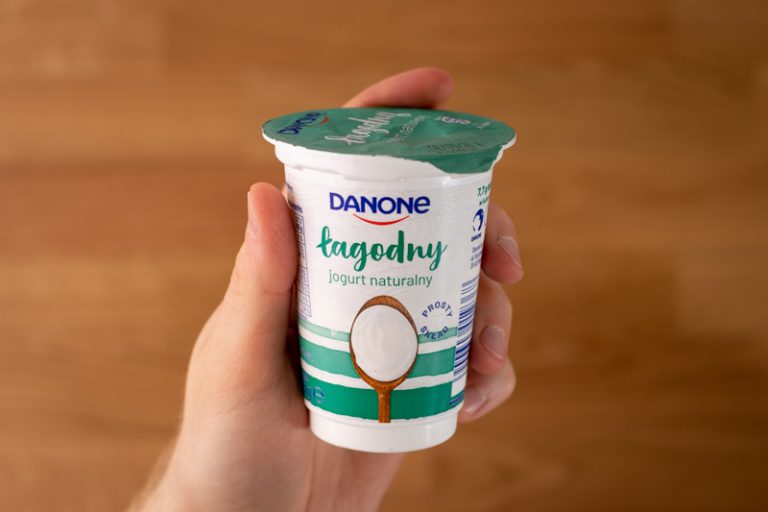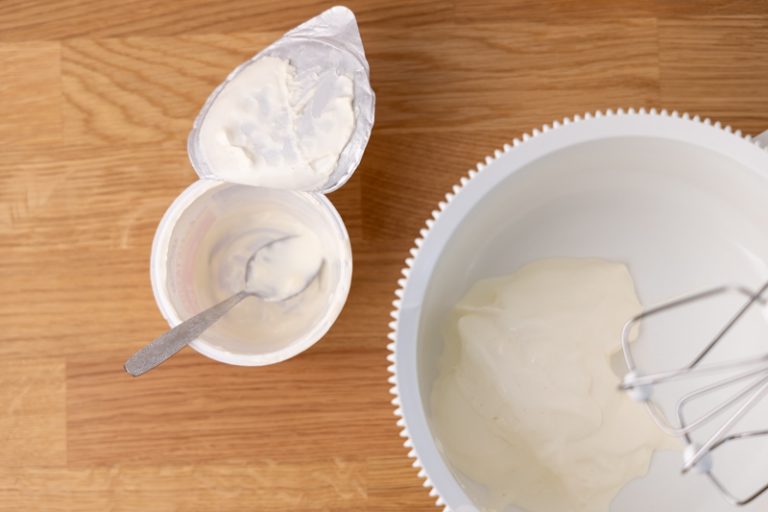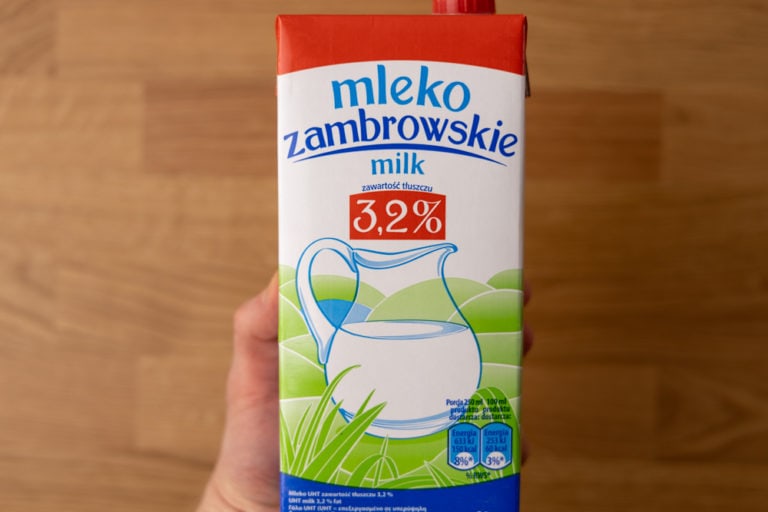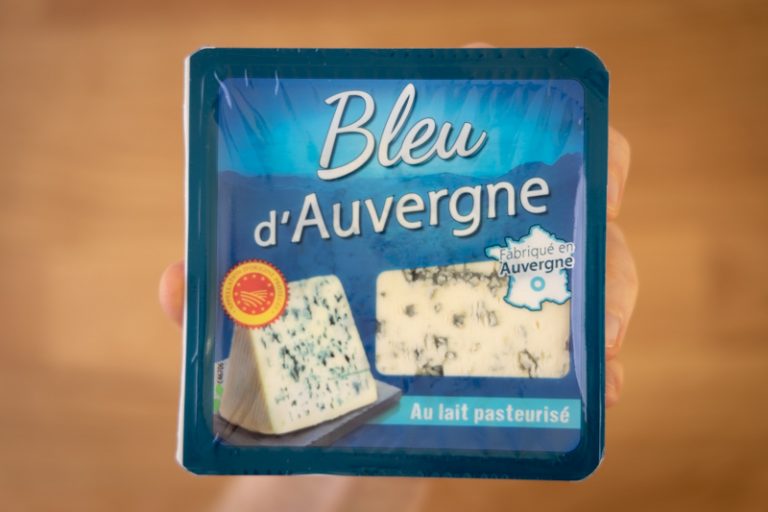How Long Does Goat Cheese Last and How To Store It?
Your goat cheese is a few days past its date, and you’re wondering if it’s still any good. How long does goat cheese last?
Or maybe yours is open for a couple of days already, and you need to know when you should finish it so that it doesn’t spoil.
If that’s you, you’re in the right place. Below, we talk about:
- shelf life – how long is goat cheese good for
- storage – what to do with it once you open the package
- spoilage – how to tell if yours is still okay to eat or not
But before we get to dates, periods, and storage practices, we need to cover the basics. I’ll be brief, I promise.
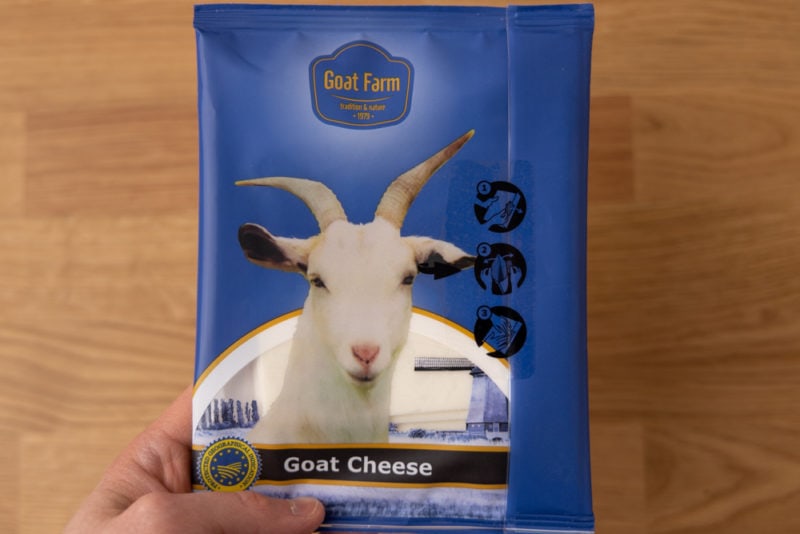
What Is Goat Cheese, Exactly?
Goat cheese (or chevre) isn’t a specific type of cheese (like cheddar), but rather a name for all cheeses made using goat’s milk. And there’s a lot of them out there.
Often the label just says “goat cheese,” without any specifics. That’s why usually you have to figure out what category that cheese falls under (soft, semi-soft, semi-hard, or hard) and go from there.
Because of that, there isn’t a one-size-fits-all answer to any of the questions below. It all depends on what you have one hand.
Check out my guide to cheese storage and shelf life. In it, I talk in more detail about storage practices for various categories of cheese.
The good news is that the labels are getting better and better these days at describing storage periods and practices. And they’re a great place to start (but not finish) your investigation.
Besides that, always try to find a cheese you’re familiar with similar to the goat cheese you have on hand. Chances are, the storage times and practices are nearly identical for both.

How Long Does Goat Cheese Last?
Soft and fresh goat cheeses keep for a couple of weeks past their date and about a week of opening. They’re pretty similar to cream cheese in how you go about them. If yours says “spreadable” or looks like cream cheese, it definitely fits into this category.
Soft-ripened goat cheeses look and “work” like Brie. They keep for only a week or so past their date, but it doesn’t really matter when you open the package. They continue to ripen over time, opened or not.
Semi-hard to semi-soft goat cheeses retain peak quality for a few weeks past their dates, and for 1 to 3 weeks of opening. The softer the cheese, the sooner it loses quality.
This category includes Bucheron, Crottin, and many more. If yours looks like Gouda or Roquefort, it surely falls under this category.
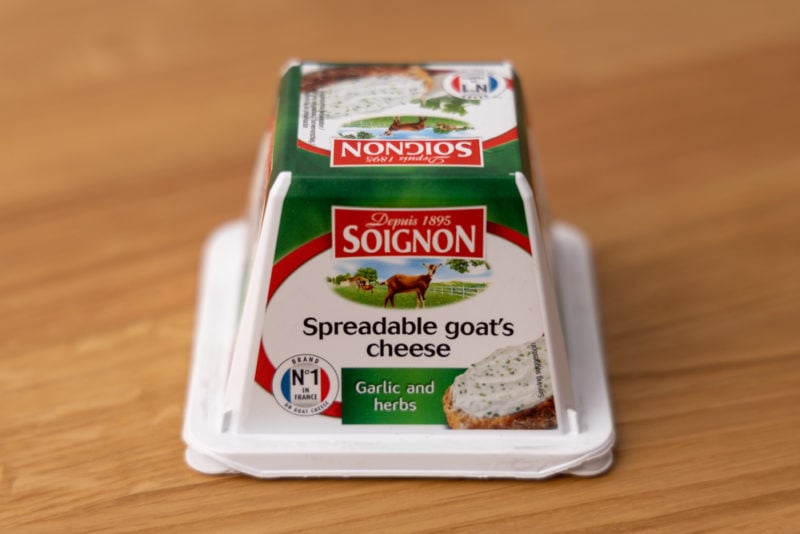
Hard goat cheese keeps for at least a month after its date and for a month or more after you open the package.
Those cheeses are similar to parmesan in that they last quite some time, both before and after you open the package. The low moisture content helps tremendously with that.
Related: Does Parmesan Go Bad?
This category is probably the least popular of the three. You’re much more likely to stumble upon a soft or semi-hard goat cheese.
Of course, all the periods above are only rough estimates. If yours is near or past its date, it’s always a good idea to give it a quick check before eating.
Let’s talk about that.
| Unopened | Opened | |
|---|---|---|
| Fresh goat cheese (similar to cream cheese) | Use-by date + 2 – 3 weeks | 1 week |
| Soft-ripened goat cheese (similar to Brie) | Use-by + 1 – 2 weeks | Use-by + 1 – 2 weeks |
| Semi-soft to semi-hard goat cheese | Use-by + 2 – 3 weeks | 1 – 3 weeks |
| Hard goat cheese | Use-by + 1 – 2 months | 4 – 6 weeks |
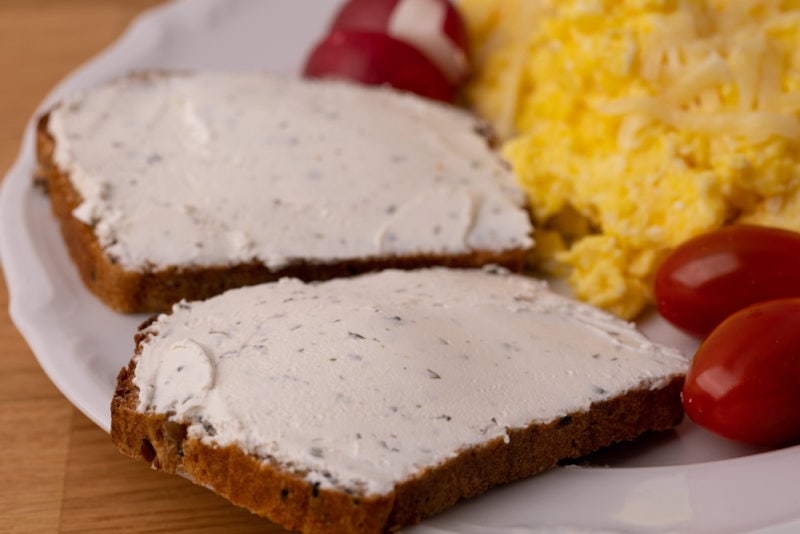
How To Tell If Goat Cheese Is Bad?
When you check if your goat cheese is still okay to eat, there are a couple of things to do.
Start by looking for mold that’s not native to this cheese. If the rind was white and now it has some green fuzz, that’s non-native mold. Or if your spreadable goat cheese grows any mold.
If your cheese falls under the hard or semi-hard category, you can cut off the mold and some extra, and eat the rest. Otherwise, get rid of it.
Next is the smell. If it smells sour or “funny,” it’s probably time for it to go. Unless, of course, you didn’t wrap it tightly, and it caught that odor from the fridge.
Soft-ripened cheeses continue to age in the fridge, and their smell might alter slightly over time. Don’t be surprised if yours smells a bit different (but not off) after more than a week of opening.
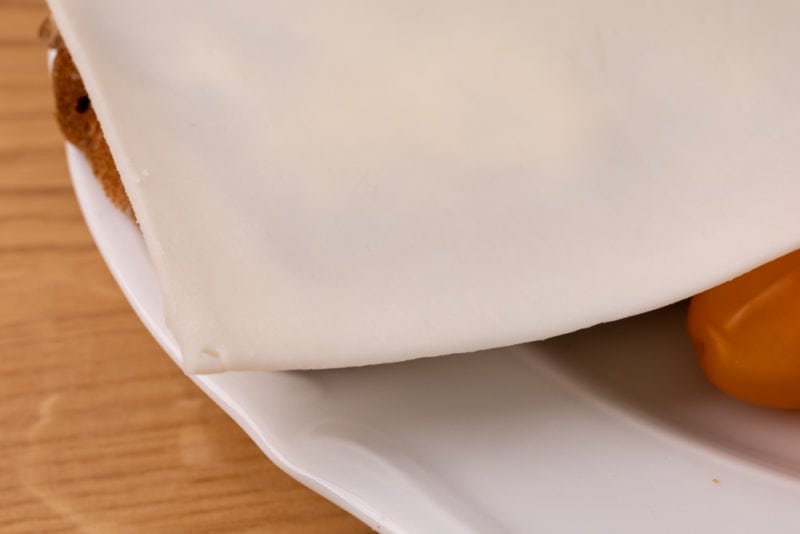
Texture change is another thing to look for. The most common example is that the cheese dries out if it’s not wrapped properly. You can cut off the dry area, of course.
If anything else changes texture-wise, and you’re not sure if that’s expected, it’s probably a good idea to discard the cheese.
If there’s a specific name on your goat cheese, try reading a bit more about it online if you’re not sure if those texture changes are desired or not. Take Humboldt Fog goat cheese, for example. It has a crumbly core surrounded by a runny shell. Over time, that core is converted into what’s the shell made of (i.e., the core gets smaller and the shell wider). And that’s what’s supposed to happen.
Last but not least, there’s taste. If your goat cheese tastes off, throw it out.
Please note that the flavor of some cheeses, especially those soft-ripened Brie-like ones, changes over time. And you might like its taste more when it’s freshly packaged or when it’s ripe and nearing the date on the label. Or somewhere in the middle.
If you’re eating a certain type of goat cheese for the first time, and you don’t know what to expect in terms of flavor, taste it fresh. This way, next time, you’ll know if that “funny” taste means it’s bad or is it normal.
To make sure your goat cheese doesn’t spoil prematurely, you need to store it properly. Let’s cover that.

How To Store Goat Cheese
Goat cheese requires refrigeration and propper wrapping. The latter depends on the type of cheese we’re talking about.
Soft, spreadable cream-cheese-like ones keep best in airtight containers. Since they often come in resealable containers, there’s not much else you need to take care of. Just remember to seal them tight before returning to the fridge.
If you broke the container or the lid, use one of your containers, or place the broken one in a freezer bag and squeeze out all the air before sealing.
Feta cheese, which is often made from a mix of sheep and goat’s milk, is a noteworthy exception. It retains quality for much longer if you keep it submerged in brine than if you don’t.
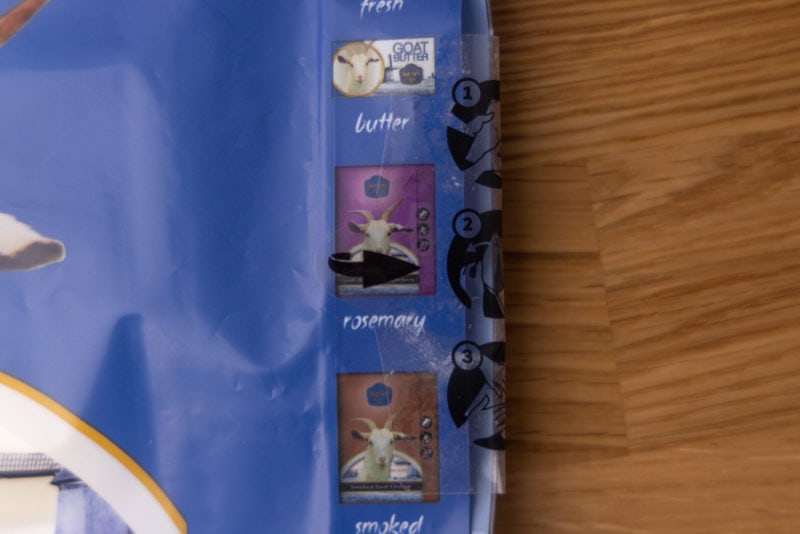
Soft-ripened Brie-like goat cheeses store best when wrapped in parchment or wax paper. Often you can simply reuse the wrap the cheese comes in. Place it (wrapped) in a freezer bag if you expect to keep it open for more than a few days to prevent it from drying out.
For semi-hard and hard goat cheeses, a freezer bag is usually good enough. To retain the best possible quality, wrap that cheese in cheese paper or something similar. The same applies to goat cheese sold sliced.
Want to learn more about cheese in general?
Check out our guide:
Rotten Records: Share Your Snap!
Caught some food past its prime? Upload your photo to “Rotten Records” and help others spot the signs of spoilage. Every image makes our food community safer and more informed!

